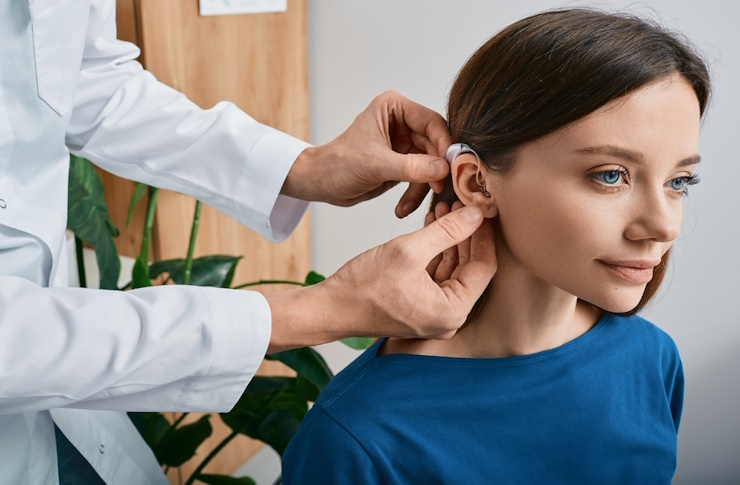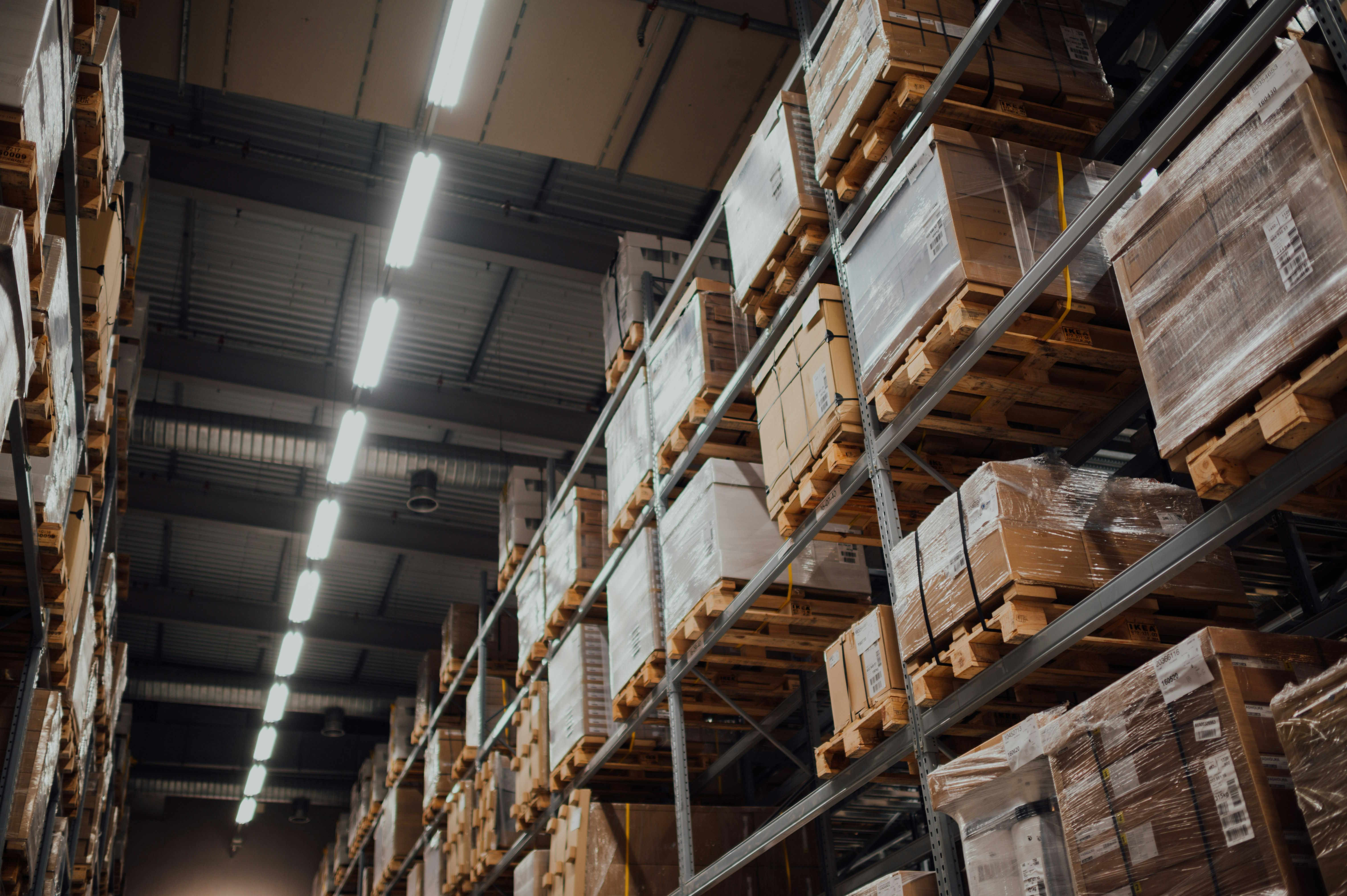Hearing Aids in Japan – Types and Usage Guidelines
Hearing aids in Japan are regulated medical devices designed to support individuals with hearing difficulties. They are available in various types, including behind-the-ear, in-the-ear, and canal models. Usage requires fitting by licensed professionals, ensuring alignment with Japanese medical standards. These devices must comply with safety regulations, and their operation follows structured instructions provided by manufacturers and healthcare providers.

Types of Hearing Aids Available in Japan
The Japanese market offers several categories of hearing aids, each designed to address different levels of hearing loss and lifestyle needs. Behind-the-ear (BTE) models are among the most common and versatile options. These devices rest comfortably behind the ear with a tube connecting to an earpiece. BTE hearing aids are suitable for mild to profound hearing loss and are generally easier to handle and maintain, making them popular among elderly users. They typically house larger batteries, providing longer usage periods between replacements.
In-the-ear (ITE) hearing aids are custom-made to fit within the outer portion of the ear canal. These devices are less visible than BTE models while offering advanced features such as directional microphones and volume controls. ITE aids are appropriate for mild to severe hearing loss and are favored by users who prioritize a balance between functionality and discretion. However, they may be more challenging to handle for individuals with dexterity issues.
Canal hearing aids represent the most discreet option, fitting partly or entirely within the ear canal. These include in-the-canal (ITC) and completely-in-canal (CIC) varieties. While these models offer excellent cosmetic benefits due to their minimal visibility, they typically have smaller batteries and may not be suitable for those with profound hearing loss. Their compact size also means fewer features and may present handling difficulties for some users.
Behind-the-ear, In-the-ear, and Canal Models
Behind-the-ear models in Japan often feature advanced technology, including digital signal processing and wireless connectivity options. Modern BTE devices can connect to smartphones, allowing users to adjust settings through dedicated applications. Some premium models offer rechargeable batteries, eliminating the need for frequent battery replacements. Japanese manufacturers have focused on developing lightweight, comfortable designs that accommodate eyeglasses and masks—an important consideration in Japanese society.
In-the-ear devices available in Japan incorporate sophisticated noise reduction algorithms and feedback cancellation systems. These features help users function effectively in Japan’s often crowded and noisy urban environments. Custom-fitted to each individual’s ear anatomy, ITE aids require precise impressions taken by licensed professionals. Japanese audiologists often emphasize the importance of proper fitting to ensure optimal sound quality and comfort.
Canal models have seen significant technological advancements in the Japanese market, with manufacturers working to maximize functionality despite size constraints. Modern CIC and ITC devices feature automatic environment adaptation, adjusting to different sound scenarios without manual intervention. These aids are particularly popular among working professionals in Japan who prefer discreet hearing assistance during business interactions. Some models offer extended-wear capability, allowing users to keep the device in place for several months at a time, though these require periodic professional maintenance.
Fitting Procedures by Licensed Professionals
In Japan, hearing aid fitting must be performed by licensed healthcare professionals, typically audiologists or otolaryngologists (ENT doctors). The process begins with a comprehensive hearing assessment to determine the type and degree of hearing loss. This evaluation includes pure-tone audiometry, speech recognition tests, and sometimes more specialized assessments to identify specific auditory processing issues.
After diagnosis, the professional will recommend appropriate hearing aid options based on the patient’s hearing profile, lifestyle needs, and physical characteristics. For custom-fit models, precise ear impressions are taken using medical-grade silicone material. These impressions serve as molds for manufacturing the hearing aid shell, ensuring a comfortable, secure fit that minimizes sound leakage and feedback issues.
Once the hearing aids are received, the fitting appointment involves physical adjustment and programming the devices to match the user’s specific hearing profile. Japanese professionals typically employ real-ear measurement techniques to verify that the hearing aids deliver appropriate amplification across different frequency ranges. Follow-up appointments are scheduled to address any comfort issues or performance concerns and to make fine adjustments as the user adapts to the devices.
Compliance with Japanese Medical Device Regulations
Hearing aids in Japan are classified as medical devices under the Pharmaceutical and Medical Device Act (PMD Act), administered by the Ministry of Health, Labour and Welfare. All hearing aids must receive approval from the Pharmaceuticals and Medical Devices Agency (PMDA) before being marketed in Japan. This regulatory framework ensures that devices meet stringent safety, quality, and efficacy standards.
Manufacturers must provide detailed documentation regarding device specifications, clinical performance data, and quality management systems. Foreign manufacturers typically require a designated Marketing Authorization Holder (MAH) based in Japan to handle regulatory compliance matters. These requirements contribute to the generally higher cost of hearing aids in the Japanese market compared to some other countries.
Japanese regulations also mandate clear labeling and user instructions in Japanese, including maintenance guidelines and potential risks. Additionally, post-market surveillance is required to monitor device performance and safety after introduction to the market. Users should verify that their hearing aids comply with these regulations by checking for appropriate certification markings and documentation.
Structured Guidelines for Safe Usage of Hearing Aids
Proper maintenance is essential for optimal hearing aid performance and longevity. Japanese audiologists typically recommend daily cleaning using specialized tools such as soft brushes and wax picks to remove earwax and debris from sound outlets and microphone ports. Moisture protection is particularly important in Japan’s humid climate, with professionals advising the use of dehumidifiers or drying kits for overnight storage.
Battery management requires special attention, especially for non-rechargeable models. Users should turn off hearing aids when not in use and open the battery compartment to prevent power drain and allow air circulation. Japanese hearing care professionals emphasize proper disposal of used batteries through designated recycling channels, aligning with the country’s strict waste management practices.
Adaptation to hearing aids typically occurs gradually. Japanese audiologists often recommend a structured acclimatization schedule, beginning with wearing the devices in quiet environments for short periods and progressively increasing usage duration and complexity of listening situations. This approach helps the brain adjust to new auditory inputs while minimizing fatigue and overwhelm.
Regular professional check-ups are recommended every 3-6 months to ensure proper functioning and to address any changes in hearing status. Japanese healthcare providers typically emphasize preventive maintenance to extend device lifespan and maintain performance quality, which is particularly important given the significant investment these devices represent.
This article is for informational purposes only and should not be considered medical advice. Please consult a qualified healthcare professional for personalized guidance and treatment.




